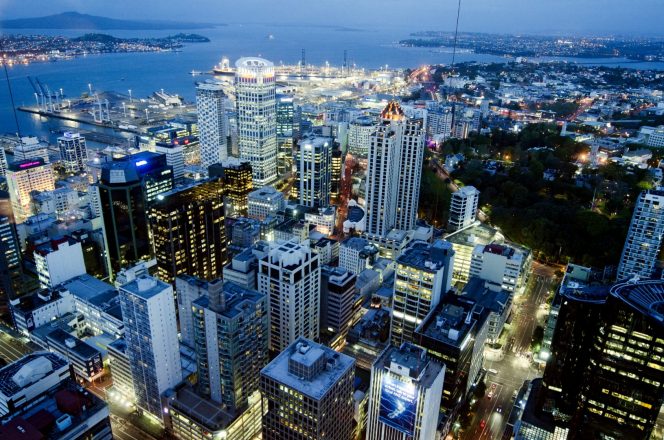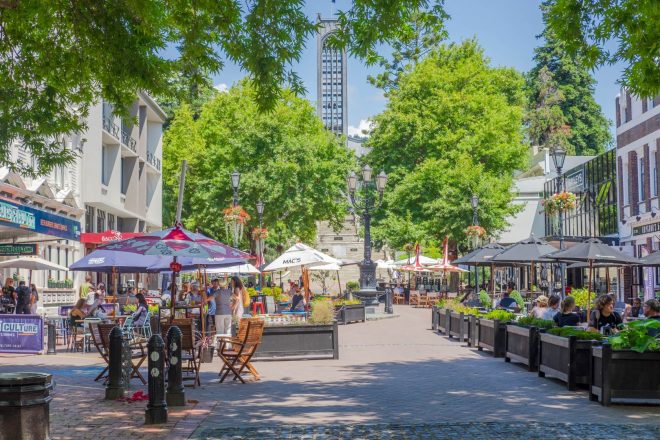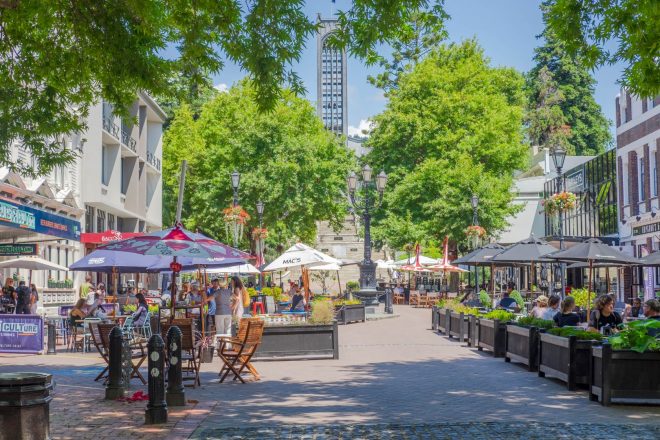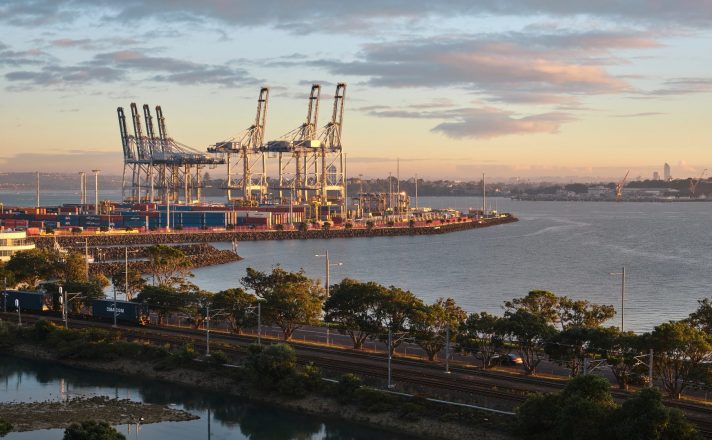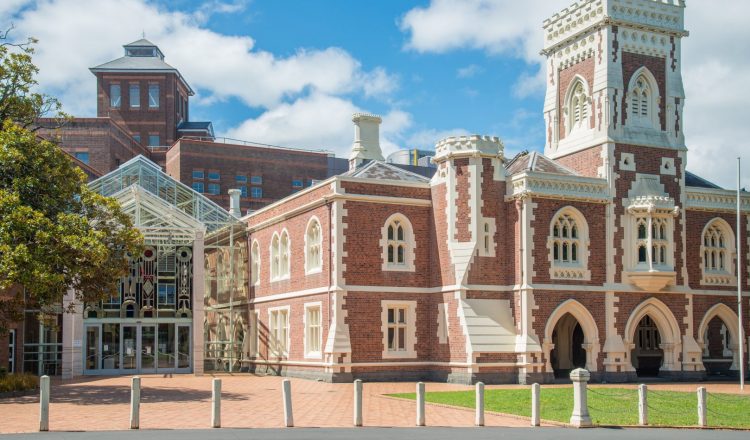Luật Hợp đồng
Có rất ít quy định về hợp đồng ở New Zealand. Các bên thường được tự do ký hợp đồng theo các điều khoản của riêng mình. Luật hợp đồng ở New Zealand phần lớn được tạo thành từ các nguyên tắc thông luật, tuân theo các thông số luật định nhất định.
Ví dụ:
(a) Một số biện pháp bảo vệ người tiêu dùng theo luật định sẽ được áp dụng bất kể các điều khoản của hợp đồng;
(b) Hợp đồng tín dụng với người tiêu dùng được quy định bởi Hợp đồng tín dụng và Đạo luật tài chính tiêu dùng 2003;
(c) Một số hợp đồng nhất định phải bằng văn bản (bao gồm các hợp đồng liên quan đến lợi ích đất đai, việc làm và thế chấp);
(d) Luật Hợp đồng và Luật Thương mại 2017:
- (i) cho phép các bên hủy bỏ hợp đồng do trình bày sai (trong một số trường hợp nhất định và với điều kiện là các điều khoản của hợp đồng không quy định chế độ hủy bỏ của riêng họ), và cho phép tòa án có quyền ban hành nhiều biện pháp giảm nhẹ;
- (ii) cho phép tòa án giảm nhẹ trong một số trường hợp hạn chế nếu một bên có thể xác định rằng họ đã giao kết hợp đồng do một sai lầm thực sự; và
- (iii) quy định rằng hợp đồng nói chung là không thể thi hành đối với trẻ vị thành niên (là người dưới 18 tuổi), nhưng cho phép Tòa án xem xét tính công bằng và hợp lý của hợp đồng đã giao kết và ra lệnh.
Luật hợp đồng áp dụng cho các pháp nhân ở nước ngoài cũng giống như áp dụng cho các pháp nhân New Zealand, mặc dù các pháp nhân ở nước ngoài có thể cần phải có được sự đồng ý cần thiết theo các quy tắc đầu tư ở nước ngoài để ký kết một số hợp đồng nhất định. Không có yêu cầu riêng biệt nào đối với các hợp đồng liên quan đến các thực thể New Zealand thuộc sở hữu nước ngoài. Luật điều chỉnh của hợp đồng giữa một pháp nhân có vốn sở hữu ở nước ngoài và một pháp nhân New Zealand sẽ được xác định bởi các điều khoản của hợp đồng, được giải thích dựa trên các nguyên tắc “xung đột pháp luật” thông thường.

















































